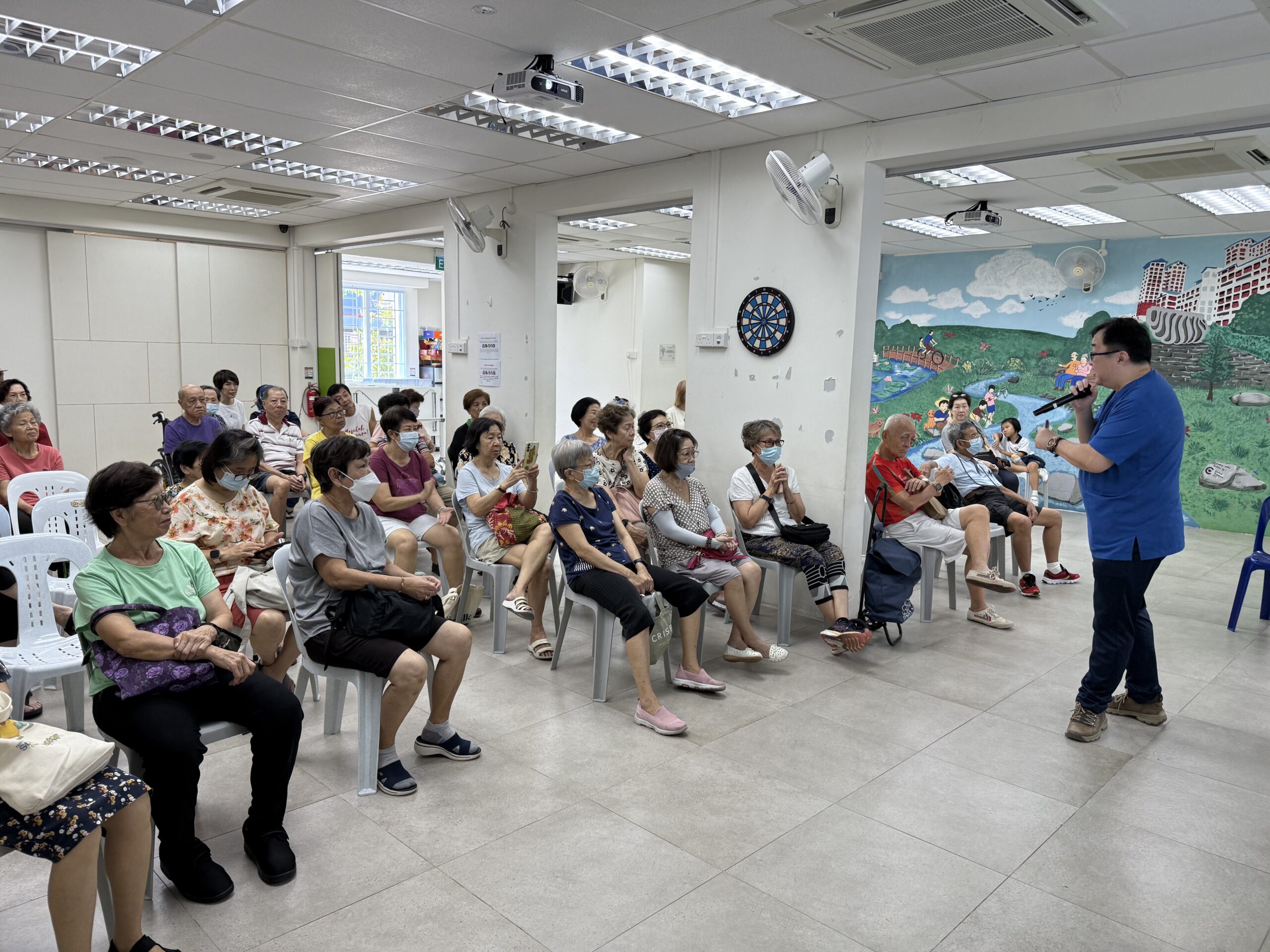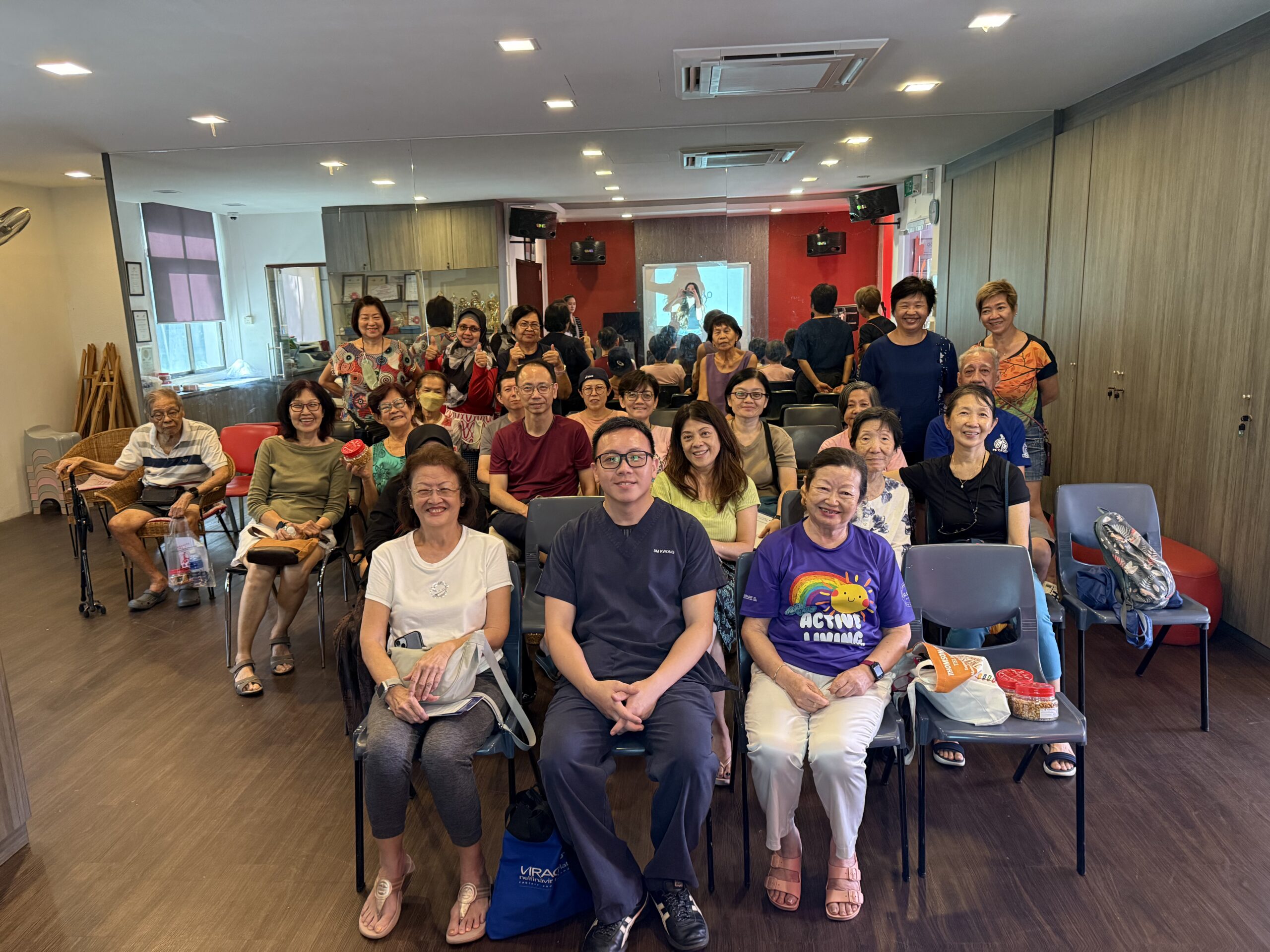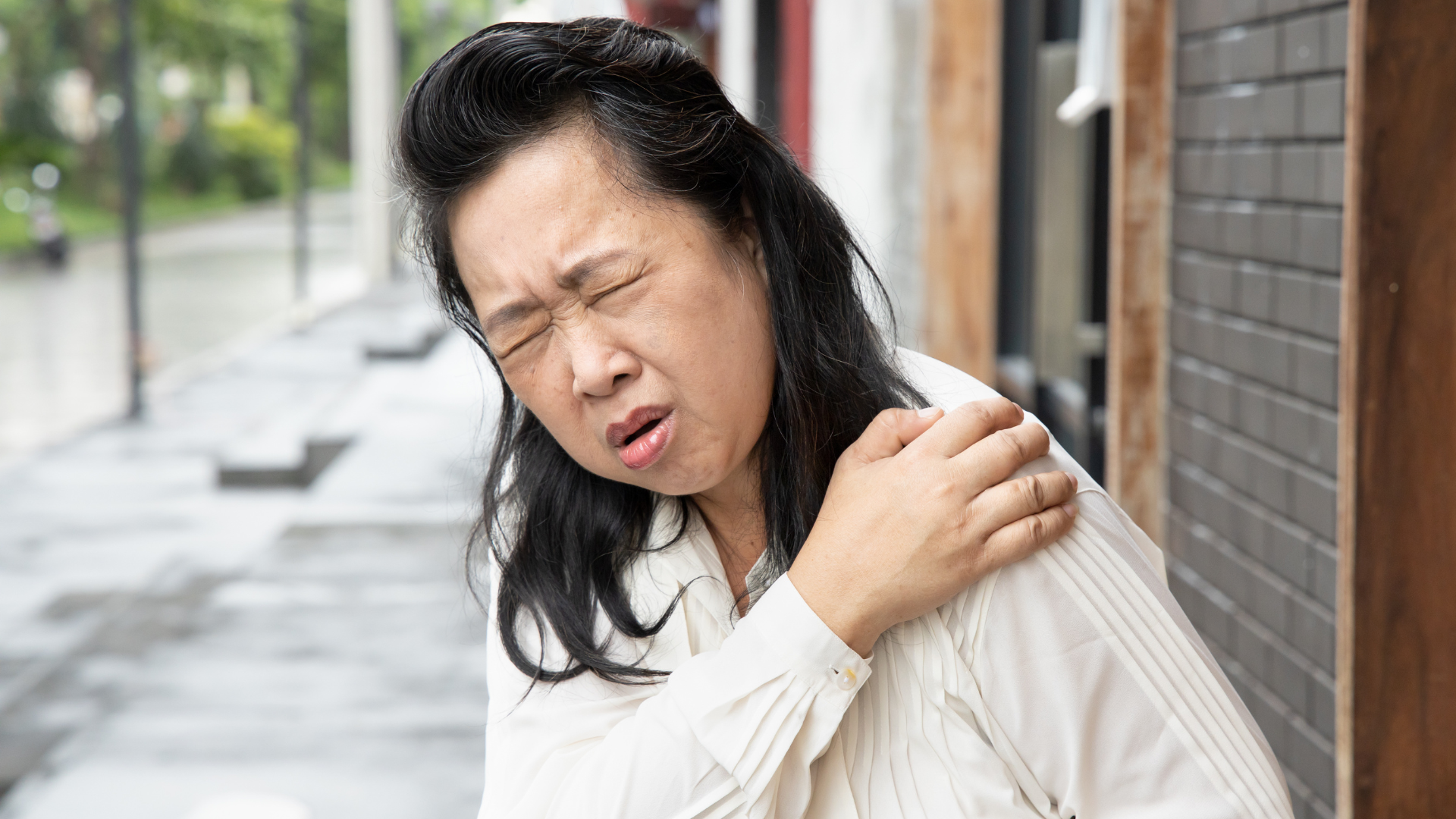
CONTENTS
Dengue fever is known as breakbone fever or 7-day fever. It’s a mosquito-borne viral infection growing worldwide. Over 100 million people catch it each year, leading to 20,000 to 25,000 deaths. This disease is widespread in warm areas, like Singapore, where Aedes mosquitoes are common.
Knowing how long dengue lasts and its phases is key for handling it well. This knowledge helps doctors and patients spot the early signs quickly. Early action can make a big difference. Also, understanding how serious dengue can be helps with public health efforts to control it.
Key Takeaways
- Dengue fever is a significant global health issue with millions of cases annually.
- Knowledge of the duration of dengue aids in better patient management.
- Early recognition of symptoms is crucial for effective treatment.
- Understanding phases of dengue fever can improve public health responses.
- Aedes mosquitoes are the primary vectors of dengue in tropical regions.
- Awareness of the disease can lead to better prevention strategies.
What is Dengue Fever?
Dengue fever is a major health issue in warm, wet regions, including Singapore. It stems from four types of dengue viruses: DENV-1, DENV-2, DENV-3, and DENV-4. Knowing how dengue spreads and its causes is key to stopping it.
Causes and transmission
Dengue fever is caused by one of the four types of dengue viruses and is transmitted through the bite of the female Aedes aegypti mosquito. In densely populated cities like Singapore, where high temperatures and humidity create an ideal environment for mosquito breeding, these mosquitoes feed on infected individuals, quickly spreading the virus among people. They thrive in stagnant water and are drawn to human blood, making outbreaks more likely in urban areas where people are in close proximity.
Symptoms and initial signs
After being bitten by a mosquito, dengue symptoms typically appear within 4 to 7 days. Early signs include high fever, severe headache, eye pain, muscle and joint pain, nausea, vomiting, and a distinctive rash. Even if some individuals feel fine, recognising these early symptoms is crucial. Doing so can help prevent serious complications and promote quicker recovery.
How Long Does Dengue Fever Last?
The duration of dengue fever can vary significantly from person to person. Understanding the timeline of each phase of the illness is essential for both patients and caregivers, as it aids in better management of the condition.
Typical duration of each phase
Febrile Phase: This initial phase lasts approximately 2 to 7 days. It begins with symptoms such as high fever, fatigue, and general malaise.
Critical Phase: Following the febrile phase is the critical phase, which typically lasts 1 to 2 days. During this period, individuals may experience severe symptoms or complications that require close monitoring.
Recovery Phase: The final phase usually spans 2 to 3 days, during which symptoms gradually improve. However, some individuals may take longer to fully return to their normal state.
Factors affecting the duration
Several factors can influence the length of dengue fever. A person’s immune response plays a crucial role; those with a stronger immune system may recover more quickly. The specific serotype of the dengue virus can also impact how severe and long-lasting the symptoms are. Previous infections might alter a person’s experience as well. Additionally, individuals with existing health conditions may take longer to recover. Understanding these factors can enhance the management of the illness.
Complications and Prolonged Symptoms
Dengue fever can lead to serious complications, especially if it progresses to severe dengue. This condition is marked by plasma leakage, indicating that the illness is worsening and requires urgent medical attention.
Severe dengue and warning signs
Without prompt treatment, severe dengue can lead to serious health issues. Recognising early warning signs is essential for timely action. If a patient experiences severe abdominal pain or a high fever, they require careful monitoring. This vigilance can help mitigate the risks associated with dengue and promote faster recovery.
Long-term health effects
Long-term health effects of dengue can affect recovery and quality of life. Some people may experience ongoing fatigue, joint pain, or mood changes even after the main illness is over. These lingering symptoms can make daily activities difficult. In severe cases, complications like organ dysfunction may require ongoing medical care and monitoring. Understanding these potential long-term effects is important for both patients and healthcare providers to ensure proper support during recovery.
Management and Treatment
Managing dengue primarily involves alleviating symptoms and ensuring adequate hydration. Doctors usually recommend paracetamol to relieve pain and lower fever. It’s important to avoid non-steroidal anti-inflammatory drugs (NSAIDs) since they can raise the risk of bleeding. Staying hydrated helps maintain blood volume and prevents complications. Regularly checking symptoms and staying in touch with healthcare providers are also essential for effective management.
Symptomatic treatment
Staying hydrated is essential in treating dengue symptoms. Consuming plenty of fluids helps stabilise blood volume and prevent complications. Oral rehydration solutions are particularly beneficial. Monitoring symptoms closely and maintaining communication with healthcare providers enhances management of the condition, leading to a smoother recovery process.
When to seek medical attention
Seek immediate medical attention if you have recently traveled to an area where dengue fever is prevalent, experienced a fever, and then develop any warning signs. These signs include severe abdominal pain, vomiting, difficulty breathing, or bleeding from the nose, gums, vomit, or stools.
Prevention and Control
To prevent the spread of dengue and other mosquito-borne diseases, it’s crucial to control the mosquito population. The most effective strategy is to stop breeding by regularly eliminating standing water and maintaining cleanliness in the environment.
Mosquito control measures
Community involvement must be a priority in the fight against mosquitoes. Educating everyone on the importance of maintaining cleanliness and proper water storage is essential. Each individual must contribute to keeping their surroundings tidy.
Download NEA’s myENV mobile app to stay informed about dengue clusters and areas with higher populations of Aedes aegypti mosquitoes.
Personal protection strategies
In addition to community efforts, personal actions must also be taken. Wearing long clothing provides better skin coverage, while using insect repellent with DEET helps keep mosquitoes at bay. Sleeping under mosquito nets is another effective measure, particularly in areas with high mosquito populations. By combining personal and community actions, we enhance our chances of preventing dengue.
Conclusion
Grasping the duration and phases of dengue fever plays a significant role in effective management. Early recognition of symptoms can lead to improved outcomes and fewer complications. Preventing dengue transmission is essential; controlling mosquito populations through community engagement and personal protective measures is vital. By increasing awareness and maintaining cleanliness, we can enhance our defenses against the disease.



